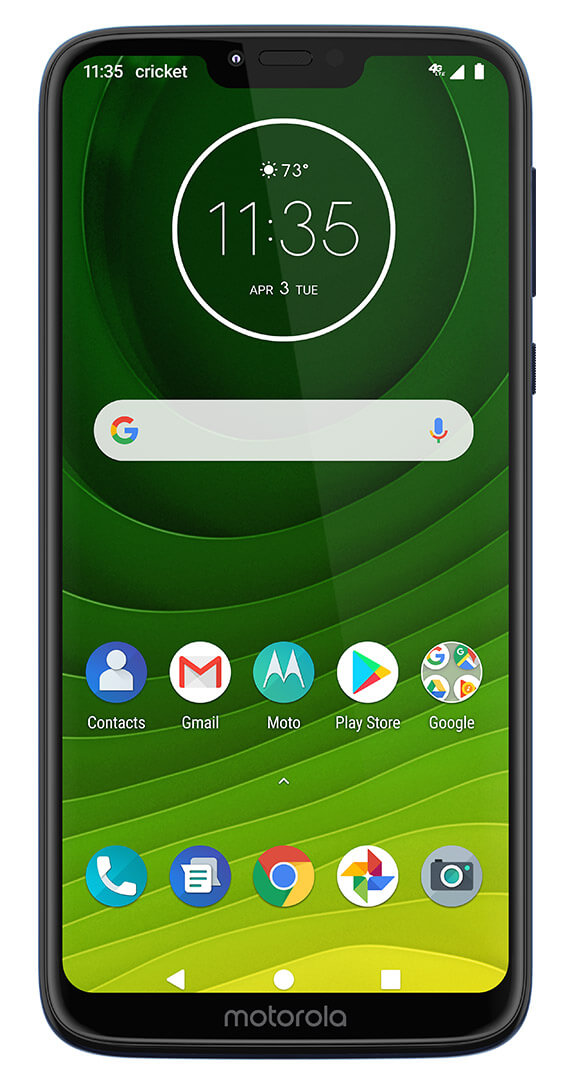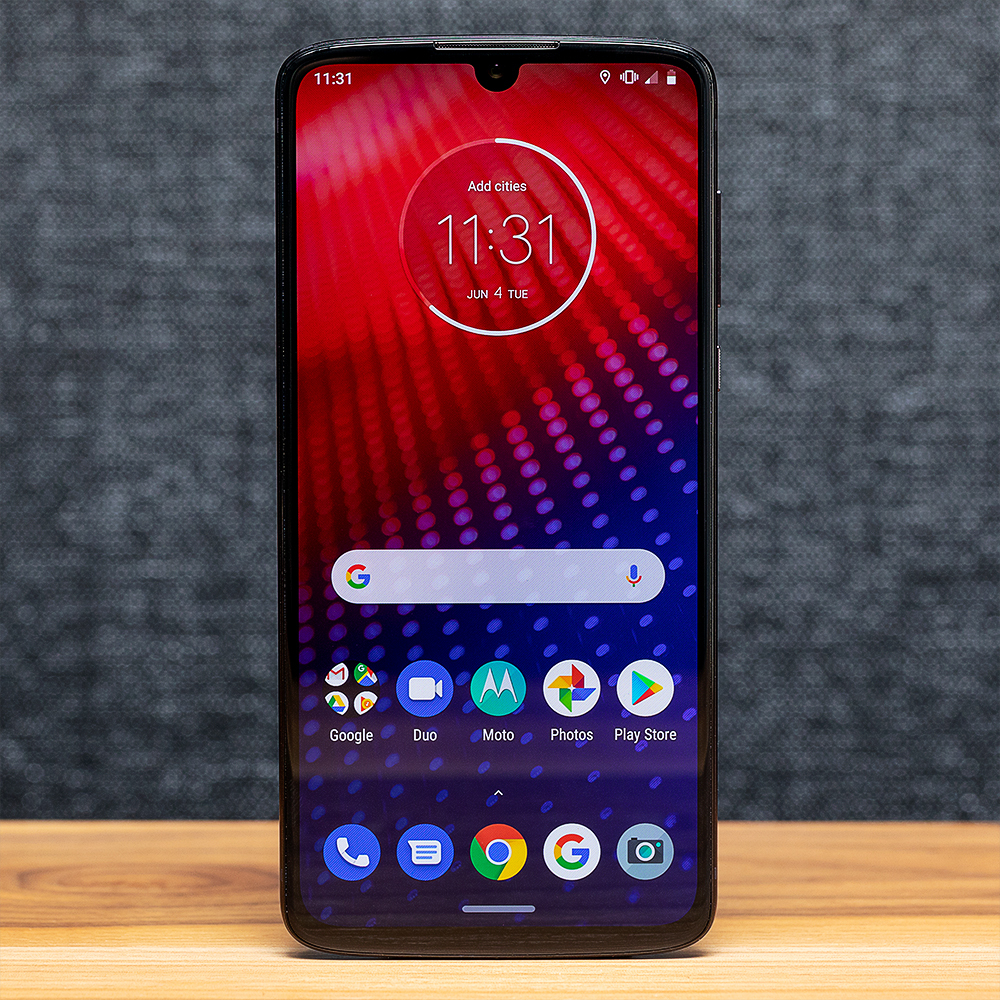Top phone tracker application Motorola Moto G7
The Best Cell Phones for Seniors in
Information about your use of our site is shared with Google for that purpose. See details. Re-imagine picture perfect with a 48MP ultra-wide triple camera, in-screen fingerprint sensor, and leading quality Xiaomi is known for. With the Ultra-Wide Action Cam and triple camera system, capture more of what matters. Take stunning photos with Nokia 7.
Power your experience with picture perfect photos and a bigger battery. Maximize your view with the first edge-to-edge, CinemaVision display. View more with a 6. Get more done with a long-lasting battery and the Google Assistant button. Take stunning photos in challenging lighting with AI-powered cameras. A premium audio experience and ultra-bright display for multimedia lovers. A photo studio in your pocket with HDR imaging and a 5. Top-notch AI-powered camera experience right out of the box.
Shoot selfies for days with its dual camera and two-day battery. An essential everyday companion with a 5. A seamless series aluminum body that takes craftsmanship to the next level.
Homepage IN
Featuring an amazing Dual Camera for impressive images in any conditions. Featuring the new Pro Camera mode for stunning shots every time. Shoot as many selfies as you can with the great display screen, 13MP front camera with flash of GM8.

All-day battery with an advanced dual rear camera system. Enjoy the Android One experience uninterrupted, with a battery that lasts up to four days. Lots of storage capacity packed into slim, waterproof design.
- motorola IN | Android™ cellphones & modular smartphones.
- Pixel 3A vs. Moto G7: What's the best budget phone??
- Spy Software Reviews;
- what is phone tracker Meizu 15!
Capture clear photos with a 13MP autofocus-assisted rear camera. A brilliant, 5. Android One phones will receive at least two years of OS upgrades. With the latest version of Android, you'll get software that auto-adjusts to your needs, and helps you get things done more easily throughout the day. To keep your battery going, Android One phones will prioritize background activity for your most important apps. Android One phones have the Google Assistant built in.
Try asking for directions, setting a reminder, or playing music. With Google Lens on Android One phones, you can get answers, look up information, or copy and paste text—all right from your photos. With high-quality hardware, Android's intuitive software, and only the most essential apps loaded, Android One phones delivers a seamless phone experience. With software designed by Google, Android One phones are easy to navigate and a cinch to customize right out of the box. To help more mature technology users stay connected to a support system of caregivers, family, and medical professionals, cell phone companies sometimes integrate assistive features intended just for them into modern devices.
These features come in the form of apps, settings, and hardware functions. However, smartphones furnished with a monthly data plan can download a nearly limitless array of apps and software that can make life easier and safer for senior citizens. Read below to learn about the most commonly found mobile device features for older users.
With the huge variety of consumer tech devices on the market, there truly is something for everybody, but finding the right device for yourself or a loved one can be a difficult choice to make. Even for people who must have the aid of a caregiver at least some of the time, remaining independent is now more within reach than ever thanks to preventative and emergency device features for seniors. For people who may be in the early to moderate stages of dementia, having a device around that can remind them to carry out vital functions or just to remember where they are is often incredibly useful.
For users who may not remember to carry their device with them, most devices now come with a voice assistant that can be set up to give reminders audibly over a speaker so that it can be heard around the home. Isolation has always been a serious senior health and wellness issue. A modern contributor to senior isolation is the increasingly common trend of younger friends and family engaging digitally rather than in person or by making voice calls.
While only about one third of seniors have any interest in using social media apps like Snapchat or Facebook, having the ability to stay involved with a support system of loved ones and caregivers becomes much easier with a smartphone. Users who desire a completely bare-bones cell phone are not without options, but many seniors may find a talk-and-text-only flip phone a little too simple to suit their everyday needs. Even users who do not frequently use the Internet may want to play Candy Crush once in a while or download pictures of their grandchildren from social media sites.
For these consumers, a slightly more capable smartphone, such as the Jitterbug Smart2, can be purchased nearly ready to use, requiring minimal effort to set up. There is also the option to buy a mass market smartphone, like the iPhone 7 or the Android-based Moto G7 Power, and then program it to be as simple or complex as the user needs it to be. Caregivers and seniors should be aware of what kinds of apps, interface and accessibility settings they require in a phone before buying a device that could take hours or days to customize to suit those needs.
The four main carriers all have widespread national coverage, though one or two may have more solid coverage in your area and offer better call quality. Finding your best provider may require asking around about which is a local favorite or just trying a few carriers before you find your best option. Whichever carrier you choose, the device you purchase must be compatible with their network for the carrier to offer you service. Owners of unlocked phones can usually shop for service plans from any provider, as long as the nearly outmoded CDMA carrier device restrictions do not apply.
Though most seniors today have little interest in cutting edge consumer tech, future proof devices can benefit seniors who require even a small amount of Internet data for things like GPS, or who are becoming hard of hearing.
Get it fast.
Beginning in , phones that are only compatible with 2G or 3G Internet connections will see a significant reduction in their ability to support smart functionality. Another advancement of is that cell carriers are now beginning to offer HD calling that uses 4G LTE rather than cellular data to support call connections. Users will likely still be able to use the same basic calling apps that they have always used on their mobile devices, but the connection strength and audio quality of their calls will be much improved by the switch to 4G LTE.
But most, if not all of the time, low-cost plans are most advantageous for low-volume users who do not require unlimited talk and text with lots of data. Even plans that are advertised for seniors and low-income people can approach the average cost of cell service if a selected plan provides for high usage. Also note that many new contracts come with added one-time costs, as most carriers require an activation fee. And, of course, keep in mind that taxes and fees on monthly bills are not usually included in advertised prices for usage.
These will include carrier fees as well as various state and local taxes. Remember, however, that early termination of a contract will usually result in not only a sizeable early termination fee but will also require the consumer to pay off the remaining balance for their device in one or two final payments. Caregiver apps can be extremely helpful in that regard. But often, that is just the tip of the iceberg for what caregiver apps can do. Most can provide the means to locate a senior via GPS if they are lost and can help them stay connected to emergency services and caregivers if they find themselves in an emergency situation.
Caregivers should ensure that all medical information is filled out and filed away where it can be easily accessed by a device administrator or medical professional. Setting up a new phone can be more or less complicated depending on which device you purchase, though in many cases, some assistance with setup may be needed for a senior to get the most use out of their device. Most phones — even flip phones — will have a calendar or related app in which you can set regular or one-off reminders for certain events.
Caregiver apps can also include event reminders, providing caregivers with the ability to remotely program reminders and use GPS to make sure their loved one gets to their important appointments. This can be a more effective means than simple reminders for making sure the lights stay on. However, some users may not have another device with which to use Find My Device, or they may require a simpler and more exact means of finding their device after misplacing it around the house.
In these instances, a GPS tag device with a simple alarm can be very helpful. Some participating Lifeline service providers and device retailers provide free smartphones and free, low-volume service plans to individuals who are eligible for Lifeline. This is a less openly advertised part of the Lifeline program, and it seems the list of participating companies changes quite frequently. To find providers who may offer free devices and services in your area, visit USAC. Many will at least provide extremely low-cost prepaid plans. To qualify for Lifeline, you must meet at least one of the following requirements.
Tribal assistance programs that automatically qualify participants for Lifeline discounts include:. For program rules, visit FCC. State and local assistance with a monthly phone bill may be available from local organizations or state institutions serving your area. These resources can be located by contacting your nearest Area Agencies on Aging office.
The AAA consists of a nationwide network of senior resource centers located in every state, and these function as sources of information and services for low-income seniors seeking assistance. In these instances, it may be more beneficial to look into purchasing an attractive and comfortable smart watch that the user may enjoy wearing and find easy to use.
Small GPS tags and attachments, such as the Tile mentioned above, can emit an alarm sound with the push of a button so that users can find their devices when misplaced around the house or in the car. For users of Android phones who require the simplest interface possible, launcher apps are available in the Google Play Store which, when downloaded, provide a seemingly brand-new user experience.
There are lots of well-reviewed launchers for seniors available in the Play Store that can simplify the Android user experience in a variety of ways, and most of them require very little technical knowhow to install and set up. Another key difference between Android and Apple is that Android phones are much more customizable by users and come in a broad array of designs and capability levels from different manufacturers.
